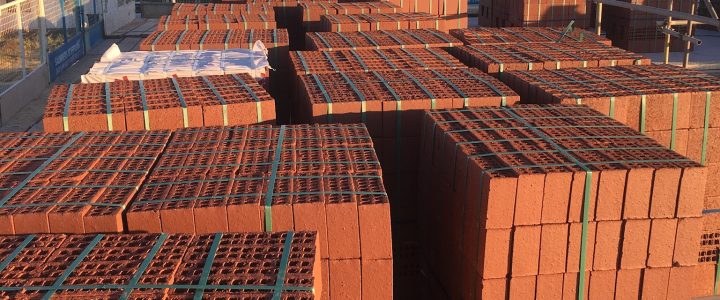Brickwork vs Blockwork
Bricks and blocks are components of construction in which individual units are laid in courses with mortar as the bed and binding material. They consist of high mass materials with good compressive strength formed into units. Materials used can include brick, stone (e.g. marble, granite, travertine, limestone), manufactured stone, concrete, glass, stucco and tile.
Brickwork is usually left exposed for its aesthetic qualities and blockwork is usually rendered, but most bricks and blocks can be used as facing materials or given a render coating.
Clay and concrete brickwork
Clay brickwork is made from selected clays moulded or cut into shape and fired in ovens. The firing transforms the clay into a building component with high compressive strength and excellent weathering qualities, attributes that have been exploited for millennia. Clay brickwork is Australia’s most widely used external wall cladding.
Clay bricks are affordable, readily available, mass-produced, thoroughly tested modular building components. They require little or no maintenance and possess high durability and loadbearing capacity.
Concrete bricks are the same size and intended for the same uses as clay bricks. They share many of the same attributes of clay bricks but may require more control joints, may stain more easily and their colour may be subject to fading over time. They are more porous than clay bricks and must be sealed to prevent water penetration.
Blockwork
Blockwork is construction with concrete or cement blocks that are larger than a standard clay or concrete brick. To make them lighter and easier to work with they have a hollow core that also improves their insulation capacity. They are available in a variety of densities to suit different applications. Their convenience and cost effectiveness have made them a popular alternative to clay bricks although they require an additional finish for reasons of aesthetics and water resistance. They are often used to build internal partition walls and retaining walls.
Appearance
Clay brickwork is available in a wide variety of natural colours and textures derived from fired clay used in combination with cement mortar joints of various colours and finishes. The colour of clay bricks is a direct consequence of the clay they are made from and the process of firing. Bricks remain stable and colour-fast and do not need to be rendered or painted. Clay brickwork is most commonly used uncoated to display the richness and texture of the material.
The colour of concrete bricks and blocks — light to medium grey — is a consequence of the cement used in their manufacture. Other colours from pigments added to the concrete mix are subject to changes from fading and weathering.
Structural capability
Fired clay bricks offer high compressive strength. Both clay and concrete brickwork walls can readily support relatively high loads such as suspended concrete slabs. Clay brickwork is commonly used in construction of up to four storeys and with suitable detailing can be used for loadbearing walls in much higher buildings.
Concrete blocks come in a variety of densities, and should be matched to the required application. High density blocks are generally made from cast concrete and aggregate, whereas lower density blocks may use fly ash or cinder.
The voids in hollow concrete blocks can accommodate reinforcement rods (a typical detail for retaining wall construction) or be filled with a variety of insulating materials to improve their thermal resistance.

